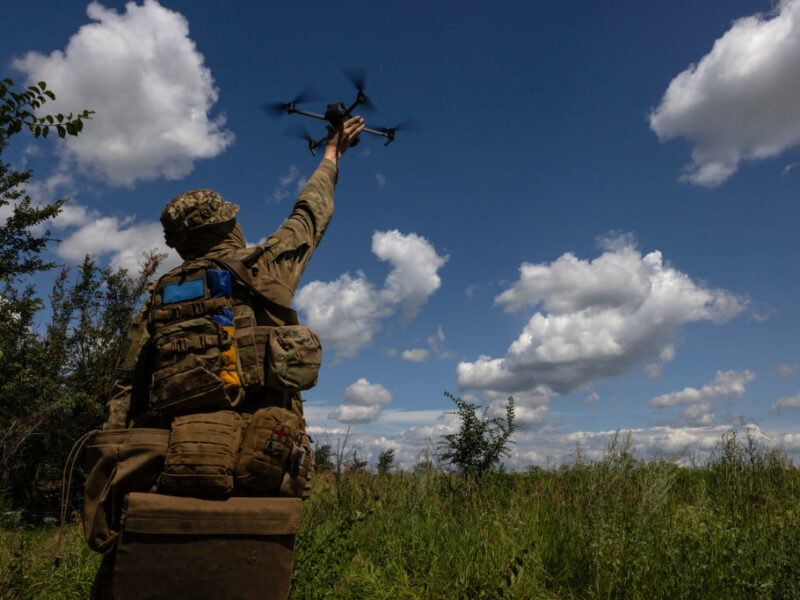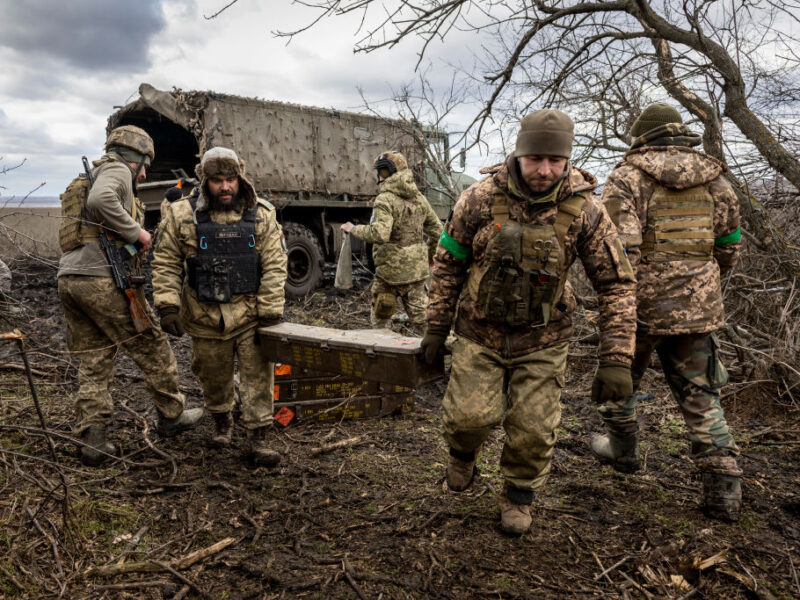Texas Aggies Honored In Bastogne – Joe E. Routt ’37
 The lives of Texas Aggies who fought in and around the Battle of the Bulge, such as Lt. Col. James Earl Rudder ’32, Capt. Joe E. Routt ’37, Maj. James F. Hollingsworth ’40, Lt. Turney W. Leonard ’42, and Lt. William M. Pena ’42 before, during, and after the war will be highlighted in the “Texas Aggies Go to War exhibit in Bastogne. The five men chosen represent the ‘everyman’ …ciphers for every Aggie, every U.S. serviceman that fought in the war. Joe Eugene Routt is the 2nd in a five part series articles to honor these servicemen and to remind each of us of the sacrifice of all who made our nation the great nation it is today.
The lives of Texas Aggies who fought in and around the Battle of the Bulge, such as Lt. Col. James Earl Rudder ’32, Capt. Joe E. Routt ’37, Maj. James F. Hollingsworth ’40, Lt. Turney W. Leonard ’42, and Lt. William M. Pena ’42 before, during, and after the war will be highlighted in the “Texas Aggies Go to War exhibit in Bastogne. The five men chosen represent the ‘everyman’ …ciphers for every Aggie, every U.S. serviceman that fought in the war. Joe Eugene Routt is the 2nd in a five part series articles to honor these servicemen and to remind each of us of the sacrifice of all who made our nation the great nation it is today.
“Joe Routt had the biggest heart and was the best fighter I ever saw. He’s overflowing with the desire to win.” -Coach Homer Norton, Texas A&M, 1944
Early Years
Joe Routt ’37 became a household name across Texas for what the sports media called “the toughest guy in Texas.” A product of the rolling, black land cotton farming area in Washington County, Texas, Joe excelled as a leader and role model both on and off the athletic field.
Joe was born in Chappell Hill, Texas on October 18, 1914, a member of a multi-generation immigrant family from Wales. The family arrived in Texas from Virginia and settled in Washington County and Joe was named for his grandfather, Joseph E. Routt. J.E. Routt was in the first A&M graduating class to go four years and received a degree in Engineering in 1880.
Growing up in the heart of the Great Depression he learned the value of a hard day’s labor working for his father, Eugene Otis Routt at their 1,500 acre cotton plantation at Chappell Hill on the Brazos River. Joe’s father recollected of his early years on the farm, “Even when Joe was a kid, I could get him to eat spinach by telling him if he ate it, it would help him grow strong so he could be a football star.” It worked – following his starring role on the football team at Brenham High School resulted in a scholarship to Texas A&M University in the fall of 1933 after attending Blinn College in Brenham for one year.
Texas Aggie
Routt entered the Aggie Corps of Cadets and soon established himself as a leader among the cadets. After a successful freshman year in which he did not play football but instead joined the boxing team, he earned the starting position of ‘right guard’ on defense and ‘left tackle’ on offense as a junior on the Aggie varsity squad. He played nearly all 60 minutes at each football game including punt returns, and did not relinquish his starting role until graduation. At the annual Texas Aggie Fall Sports Banquet, Routt was named the most valuable player on the 1936 Aggie grid team. In addition to being named an All-Southwest Conference guard in 1936 and 1937, Routt gained nationwide recognition as the first Texas A&M football player to be named a consensus All-American player in 1936; an honor he received a second time in 1937. He played on the 1938 College All-Star team in Chicago and the East-West Shrine Game in San Francisco. Since 1894, when football was first played at Texas A&M, only five Aggie football players have been selected as two-time All-American’s. The Captain of the 1937 Aggie football team was also the 1937 Southwest Conference heavyweight boxing champion – after never losing a fight.

Joe’s leadership skills extended far beyond his athletic endeavors and well into his academic and professional life.
Routt joined a small group of senior cadet leaders, including Cadet Corps Commander Ed Lee and senior class president W. A. Ruhmann, in the spring of 1938 they appeared before the Texas A&M University Board of Directors and defended Aggie traditions that were being challenged by the college administration. His keen work ethic was further established as he worked summers in the oil fields in the oil fields near his home to continue to pursue his college education.
* Following graduation in May 1938 with a degree in animal husbandry, he was commissioned a lieutenant in the U.S. Army Reserve, yet was not called to active duty. Routt was the 16th pick (from 110 players) in the December 12, 1937 in the National Football League draft by the Cleveland Rams. He never played a down with the Rams. When his wife, Marilyn Routt, was asked why he did not play professional football, she bluntly stated, “Joe, said, ‘I do not want to go north.’ ” Thus in 1938, the farm-tough All-American returned home to farm and raise horses. In 1939 he moved to Houston and for a brief period became a professional prize fighter. He soon found employment with the Longhorn Portland Cement Company headquartered in San Antonio. Joe became a sales representative for Houston and South Texas, and according to his wife, “He did very well in the job. He had a $200 per month salary, an expenses account, and a car – a real plus during the last years of the depression.”
When Joe met his future wife, Marilyn Maddox of Houston, she knew little about the Texas Aggie or of Joe’s honors as an All-American. Marilyn recalls, “I was nine years younger than Joe and just did not follow football. My dad would not let me date this ‘older’ Aggie at first, but after a number of months we were allowed to go on chaperoned dates. We usually went out to have a Coke, and then back home to talk on my family’s front porch.”
“After I learned of his football honors at Texas A&M I met a lot of the famous players of that period, “Marilyn recalled. “I remember the item Joe was most proud of was a ‘Life Time Pass’ to all Texas Aggie football games. It was an engraved card and he carried in his wallet at all times.”
Joe and Marilyn were married in Saint Paul’s Lutheran Church in Houston on March 1, 1941, and their first daughter was born one year later on March 1, 1942.
Marilyn noted, “We were in the family living room listening to the short wave radio on Sunday afternoon, December 7, 1941, when we heard the Japanese had bombed Pearl Harbor. Joe and a buddy were out squirrel hunting and did not find out until later that night.”
World War II
In March 1942, Routt was called to duty as an infantry officer and sent first to Fort Walters and later to Fort Benning, Georgia. During training, he and a number of Texas Aggie football players were quickly recruited to play on the army football team, starring in the fall 1942 Army West All-Star game against all-stars from professional teams. The purpose of the all-star game was to raise money for the armed forces and the USO. “We traveled by train,“ Marilyn recalled, “to a number of these games. Joe or the other players received no extra pay for playing.”
Following infantry school training, he was assigned to the 405th Regiment, 102nd Infantry Division, rising to the rank of captain and commander of Company A. Arriving in France the 405th was sent to Belgium. The unit was in constant contact with the enemy from November 28, 1944 until Captain Routt’s death on December 10, 1944.
One writer noted Joe was a staunch-Texan, “Captain Routt, Commander of an infantry company, kept the Lone Star Flag of Texas flying from his tent on the Western Front and once had the audacity to ask an American general to salute it. The general wheeled about, snapped to attention and responded with a very snappy salute.”
Captain Routt was awarded the Bronze Star for heroic action in December 1944, for his action in leading his infantry company following the death of the commanding officer. To avoid being encircled, according to his citation for the Bronze Star, Routt braved enemy fire to reorganize the company for a successful counter- attack and was killed by machine-gun fire from an enemy tank after reaching his objective.
Famed Texas A&M Dean of Agriculture and namesake of Kyle Field, E.J. Kyle, said of the ‘big, old, country boy,’ — “Joe was as modest and likeable a man as I ever have known. When I bought a copy of the midnight Post on Wednesday and read that Joe Routt had been killed in action, I went to my room and cried like a baby. The knowledge that so many other fine American young men were being killed, and will be killed, figured in my grief.”
Captain Joe Routt’s body was returned to his family and home in Brenham, TX for a full military honors burial in Prairie Les Cemetery on the day of Aggie Muster, April 12, 1949. At the November 29, 1950, the Texas A&M Board of Directors renamed a major avenue north of Kyle Field — ‘Joe Routt Boulevard.’
Note:
Posthumously Joe Routt was named to the 1952 College Texas Sports Hall of Fame and National Football Hall of Fame in 1962. The citation read: “In war as in football, Joe Routt was a true leader of men, ever prepared to make the ultimate sacrifice.”
Joe’s brothers William Atreus ‘Chip’ Routt ’41 and Milton Lee Routt ’47 were both Texas Aggies and both played football for Texas A&M.
The “Texas Aggies Go to War” exhibition opens December 12, 2014 in the Van Geluwe building in downtown Bastogne, Belgium. If you have interest in learning more about the exhibit, attending the grand opening, or donating to this exhibit, please visit the website. http://texasaggiesgotowarexhibit.tamus.edu.





